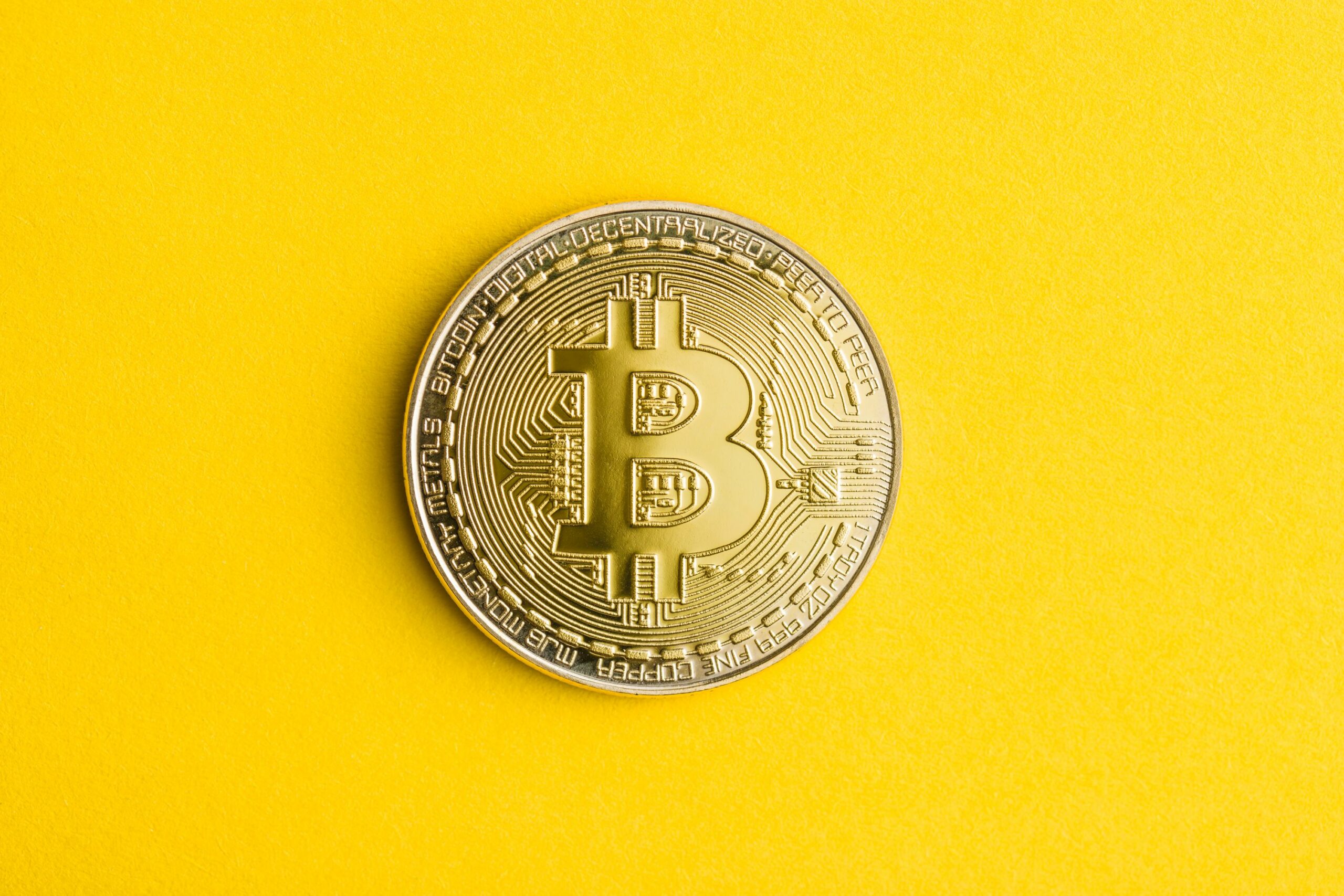- People
- Expertise
Der 10.000 Stunden-Unterschied
Wussten Sie, dass 10.000 Stunden „entwickelter Praxis“ als Marke gilt, ab der man ein Experte oder eine Expertin ist? Gute Nachrichten: Jeder gunnercooke Partner und jede gunnercooke Partnerin hat schon mehr als 10.000 Stunden anwaltlich gearbeitet. Sie haben hier also nur mit ausgewiesenen Rechts-Expert*innen zu tun.
- Our Approach
- News & Insights
- Join Us
- Get in Touch

With rapid and innovative developments in token-related structures, our concept of money and payment is changing. Currencies outside our traditional structures can allow for a variety of benefits. But how could the introduction of parallel alternative renumeration methods transform our society and the way we connect money to potential futures and employment?
Based on the publication Value Creation Through Blockchain-Based Tokens: Transforming Traditional Collaboration Structures by Wolfgang Richter and Sebastian Richter in: Liquid Legal – Humanization and the Law (2022), this series aims to explore the aspects and possibilities of implementing future token-based participation and payment structures to fight unemployment and examines some of the issues surrounding the current perception of money.
The value and definition of money
A good place to begin may be to give a brief definition of the term money. Both central banks and economic textbooks officially describe money as being based on the following three main pillars.
1. Medium of exchange = the ease with which money can be exchanged for goods and services
2. Unit of account = the ability for money to be counted and reflected in pricing structures
3. Store of value = the reliance that the money we have today will buy us goods and services tomorrow.
So, what is the value of money? Let’s put a spin on this: if money represents what we can buy with it in the future, could we not caracterise money as representing potential futures?
The trouble with the Status Quo
Currently, it is widely considered that the responsibility of safeguarding currencies (so by our definition the system of potential futures) within communities lies with the governments and especially the central banks. As such it remains a public sector task with no input by the private sector. Key to this notion is that only the government controlled local currency should exist and that no further currency structures be implemented.
Let’s examine why this idea is unfounded and limited.
The assumption is that in the future we will be able to buy for our money what we can buy now. However, this does not consider any impacts on pricing through rising productivity, external shocks like a pandemic or external shocks through e.g., climate change, effectively, it disregards inflation and deflation.
If we take the Coronavirus pandemic as an example, we saw this crisis lead to a loss in the gross national product and rise in unemployment in a broader sense. In this series we will define the term unemployment as meaning anybody’s free capacity for producing goods/services (e.g., open-source programming projects) and rename the term free capacity for clarity.
The difficulty with the price environment is that sudden price shocks do not immediately feed through to the economy, as such it takes time for long-term contracted prices in particular (rents, interest rates, government employees’ wages, etc.) to adjust. The problem of the time lag in adjustment is called internal devaluation. The consequence of this time lag results in severe unemployment compared to a situation where an immediate adjustment would take place.
Due to this, legislations are put in place by policymakers to ensure the population can meet their contractual payments (e.g., rent) despite a shock like the coronavirus crisis. In this case, the economy was injected with a large amount of cash, similarly to a financial crisis.
Without these measures though, the demand for free capacity would not exist due to not having the immediate funds to pay for the employment of a workforce.
The big question here is: How can we mitigate the consequences of devaluation scenarios not only between currencies but also within them?
Multiple Parallel Currencies – a future for society?
Here we will introduce the idea of multiple blockchain currencies to address those needs. But what makes blockchain-based tokens such a good tool?
To clarify some of the terminology, the broader term distributed ledger technology (DLT) encompasses the complex digital blockchain technology and the ability to store this data immutably, meaning the data stays fixed and can’t be altered.
What is a token? Simply put, a token is a unit of blockchain data – essentially the currency but with the added benefit of taking on its own distinctive qualities.
Since DLT transactional data can have exactly the same quality as the digital data in our bank accounts, it enables innovative possibilities for payment structures.
The benefit of the token structure over traditional currencies is the fact that it can be linked to any agreement and represent anything from a company share, to a license right – the list goes on.
When viewing it in light of tackling unemployment, the flexibility of token-based systems enable workforce participation to be structured like a shareholder, an agent, a freelancer or even an employee.
The Conclusion
Our notions of a single currency are limiting. The benefits of introducing tokens as a coexisting renumeration and payment method outweigh the status-quo of single currencies and their restrictions.
For any Crypto-related queries or to find out more, get in touch with Wolfgang and our international gunnercooke Crypto team.






